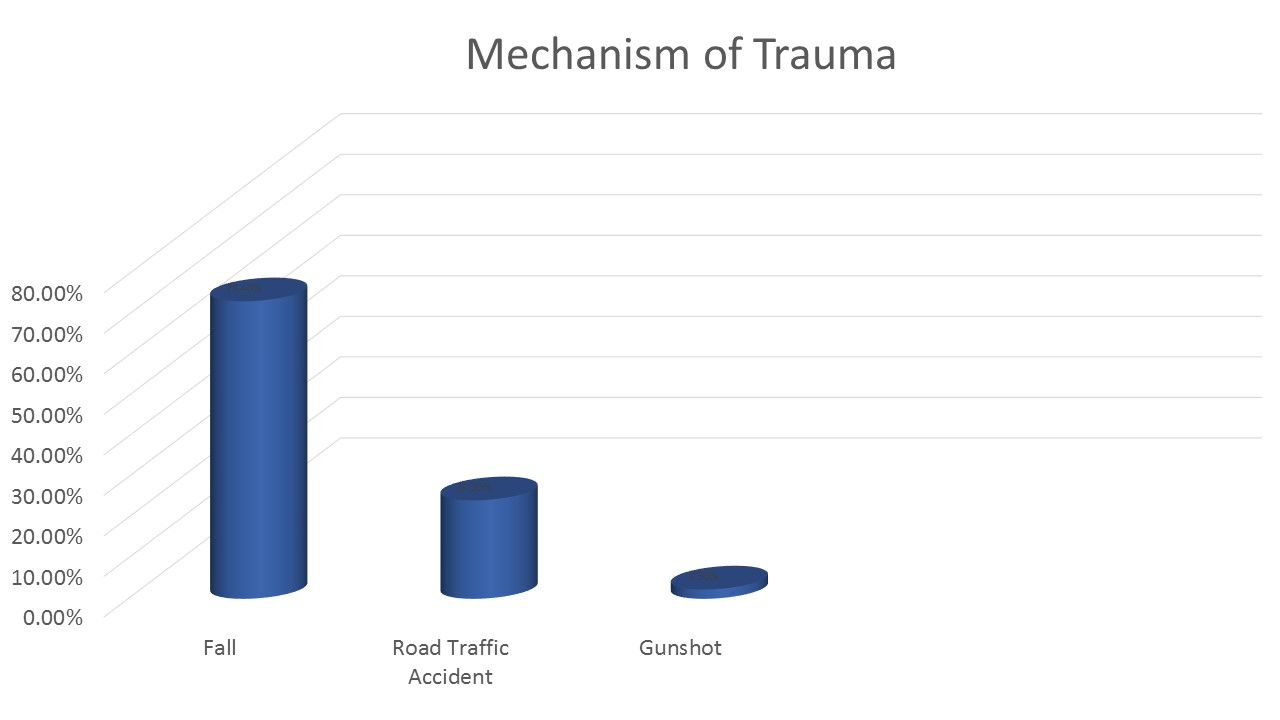Prevalence, outcome and complications of Intertrochanteric Femur Fracture In Patients Admitted to AL Sammad General Hospital-from MAY 2020 to MAY 2022 Amran-Yemen
Main Article Content
Abstract
Background:
Intertrochanteric fractures are common injuries, especially in elderly, and require effective management to minimize complications. This study aimed to evaluate the demographic characteristics, treatment modalities, and early postoperative complications of patients with intertrochanteric fractures admitted to the Al Sammad General Hospital, Amran, Yemen, from May 2020 to May 2022.
Methods:
A retrospective analysis was conducted on 90 patients diagnosed with intertrochanteric fractures during the study period. Data on age, sex, mechanism of injury, fracture type, treatment methods, and postoperative complications were collected and analyzed.
Results:
Among the 90 patients, 51% were male and 49% female, with the highest incidence in those aged > 60 years (46.7%). The primary mechanism of injury was falling from a standing height (73.4%). Fracture classifications included 46.7% stable , 44.4% unstable , and 8.8% reverse oblique. Surgical treatment was performed in 96.7% of the cases, predominantly using dynamic hip screws (53.3%). Early postoperative complications were noted in 9.9% of the patients, with deep vein thrombosis (DVT) being the most common (3.3%).
Conclusion:
Intertrochanteric fractures are more common in males aged > 60 years, with falls from standing height being the leading cause. Surgical treatment is preferred, and the complication rate is relatively low. Continued efforts to improve surgical outcomes and manage complications are vital to enhance patient recovery.
Downloads
Article Details

This work is licensed under a Creative Commons Attribution-NonCommercial-NoDerivatives 4.0 International License.

